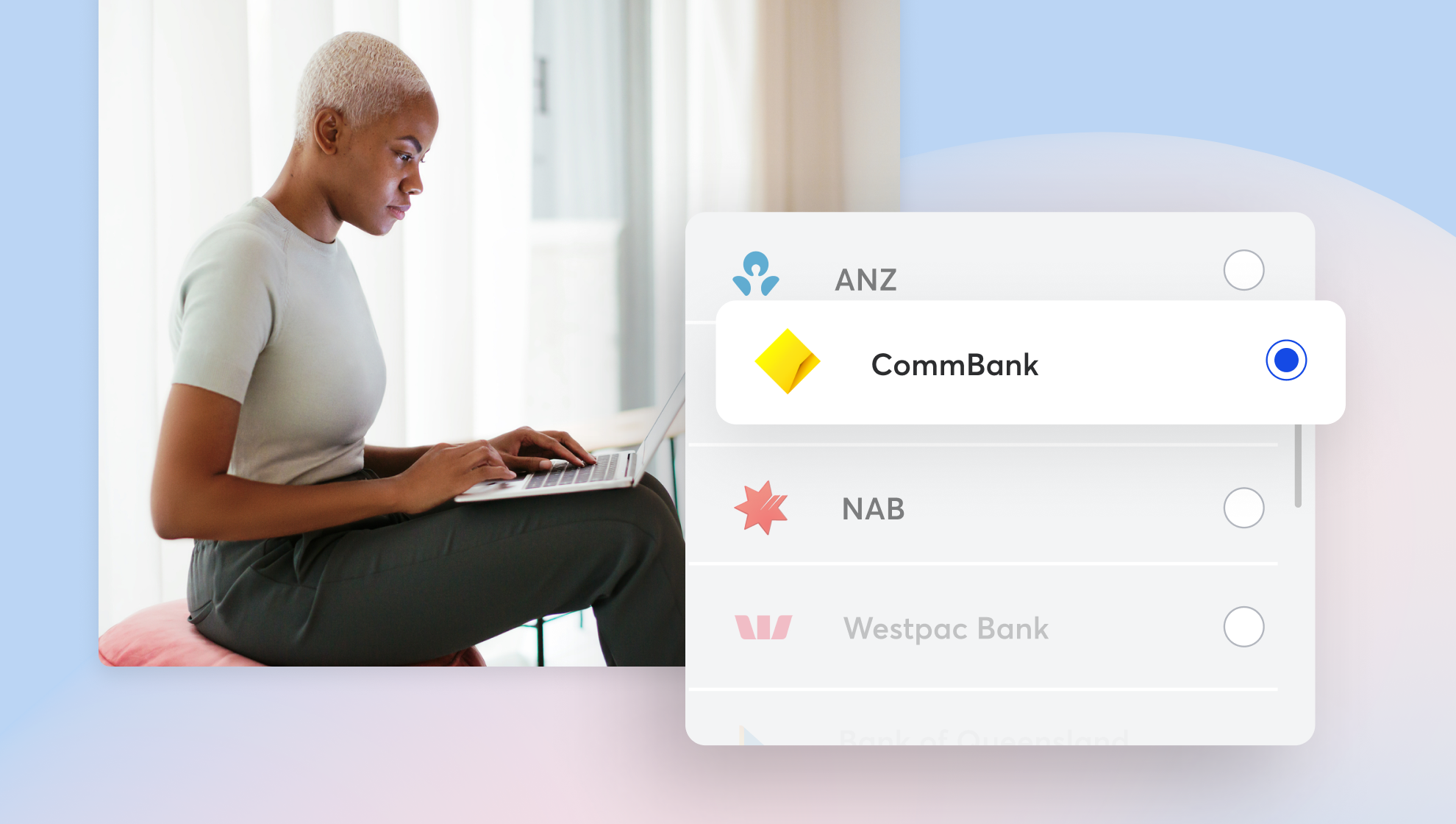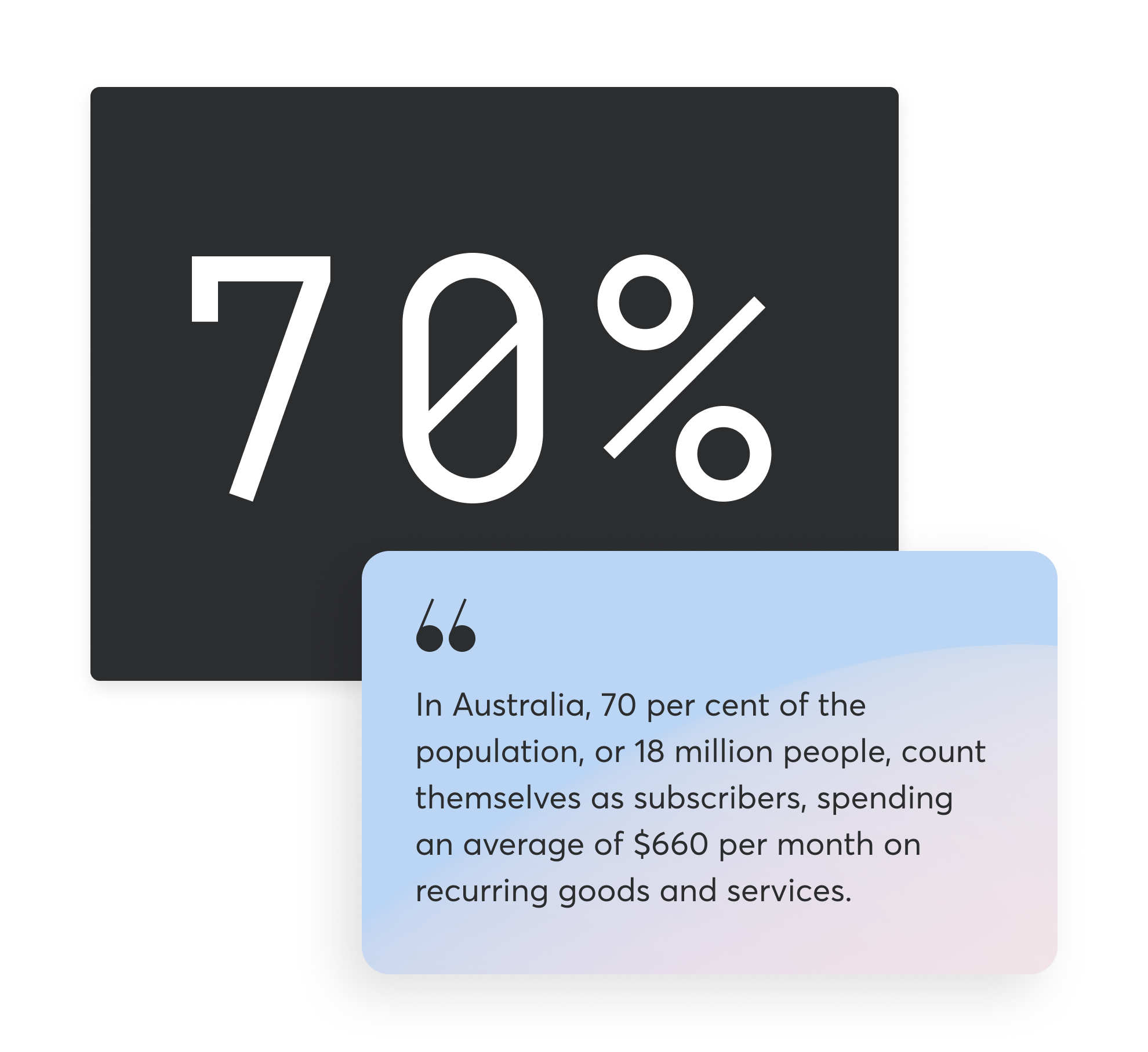How open banking is reinvigorating Australia’s payments ecosystem

Last editedMay 20232 min read
The Consumer Data Right (CDR) scheme is the first open banking initiative designed to give Australians greater control and transparency over how their financial data is used.
In the early stages of the CDR roll-out, the conversation has largely been centred on the benefits for consumers. However, the potential for it to transform business owners’ experience within financial services is equally exciting.
For companies of all sizes, open banking will make lending and banking options more accessible, driving competition in the financial services sector to create better outcomes and experiences.
As more financial service providers become accredited data recipients, the value of the CDR’s first phase will be realised at scale. From 2022, the potential for it to extend into other critical infrastructure sectors, such as energy, insurance and healthcare, is likely to see even more businesses holistically benefit from an open and secure data sharing network.
The role of fintechs
Open banking is set to break-up the big four banks’ market share of the local business sector by levelling the playing field between enterprises and niche financial service providers.
Australia is home to more than 5,000 fintechs. With many more in development, we are already seeing the rise of dedicated open banking fintechs, presenting an incredible opportunity for entrepreneurs to build businesses aligned to accreditation models.
Many of these fintech players, like GoCardless, have already developed CDR-compliant and consumer-ready platforms that will provide small and medium-sized businesses with the ability to become accredited data recipients, thereby enabling them to access the CDR functionality at scale. The alternative is waiting for large enterprises to build accredited platforms - a process that could take years.
New Payments Platform
The New Payments Platform (NPP) is a near-real-time payments and settlements system that serves as the mediator between financial institutions. The NPP is developing a Mandated Payments Service (MPS), described as a “core foundational native capability, which will enable customers to authorise third parties to initiate payments from their bank accounts using the NPP.”
In conjunction with open banking data, MPS is set to reshape the Australian payment landscape.
With a smooth payer experience and real-time verification of credentials as well as funds transfer, the way B2B and B2C businesses collect payments will become more efficient and secure. The key benefits of this we predict to include customer acquisition, cost, conversion, churn risk, fraud and broadly, how a business runs its operations.
The launch of the MPS will see a strong use case for merchants and payers to prioritise real-time payments via bank accounts, ultimately serving the needs of their consumers and their payment preferences.
A new era for recurring payments

Consumer payment behaviour is evolving rapidly. Research by Zuora indicates that nowadays, 70 per cent of people believe subscriptions free them from the burden of ownership, and 57 per cent want to own less ‘stuff.’
In Australia, 70 per cent of the population, or 18 million people, count themselves as subscribers, spending an average of $660 per month on recurring goods and services. Naturally, 70 per cent of businesses in ANZ now plan to shift to a subscription model within the next two to three years.
Open banking could unlock real value in recurring payments, offering more frictionless experiences via automated, invisible, safe and user-friendly payment methods for businesses and consumers alike.
Consumer behaviour is driving demand for more contextual, cashless and intuitive payments, and open banking is the bridge to that future.
